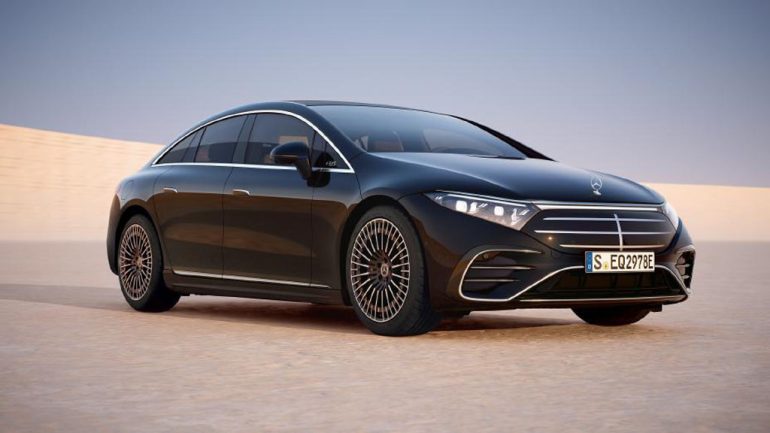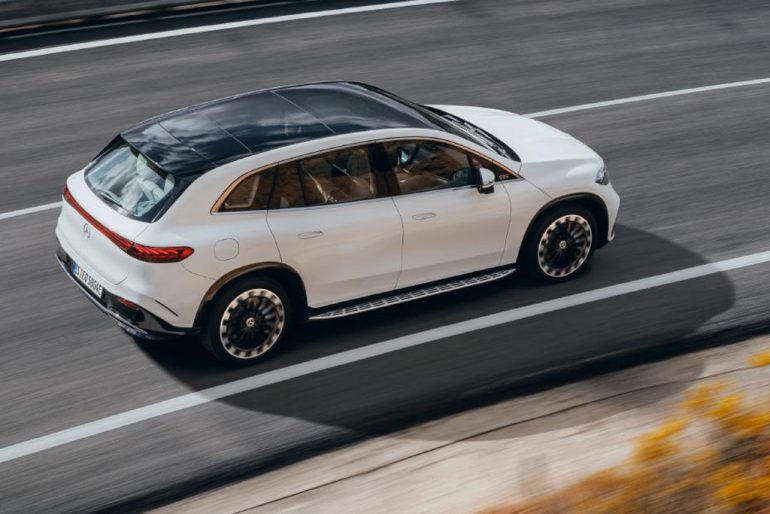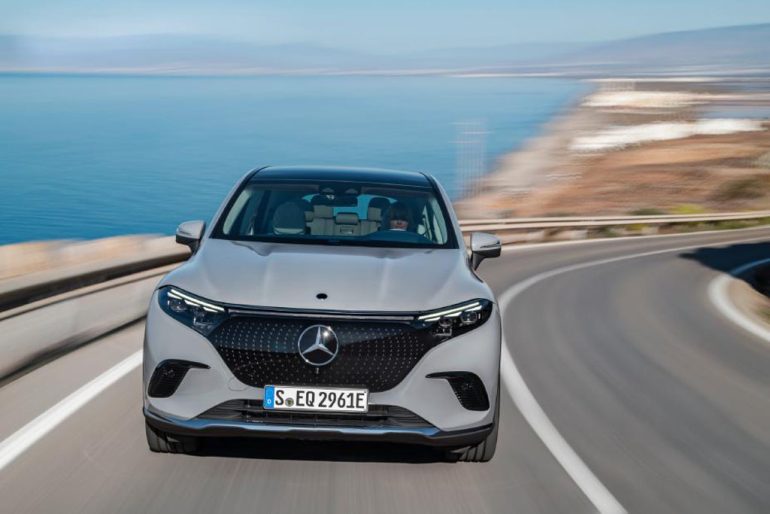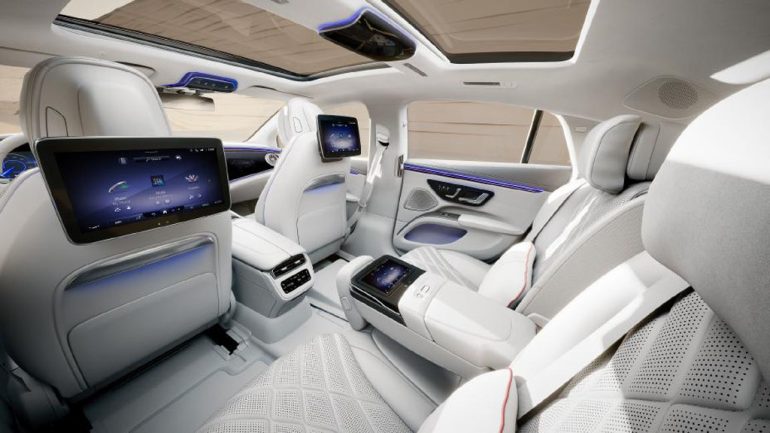Automotive

Mercedes-Benz is hitting the brakes on U.S. sales of its current lineup of EQ electric vehicles starting in September 2025. While this may sound like a sudden departure from electrification, the move appears to be more of a recalibration than a full stop. Production of EQ models will continue at the automaker’s Tuscaloosa, Alabama plant, but those vehicles will be headed for global markets rather than American showrooms.
The decision affects the entire U.S. EQ lineup, including the EQS Sedan, EQS SUV, EQE Sedan, and EQE SUV. A Mercedes spokesperson confirmed to The Drive that dealers were notified U.S. order banks for all variants of these models would be paused. Vehicles scheduled for production before September 1, 2025, will still be delivered as planned. However, after that date, no new EQ models will be heading to American buyers—at least for now.

There are a few key reasons for the change in direction. One of them is the expiration of the federal EV tax credit on September 30, 2025, which could make luxury EVs an even harder sell. Mercedes has struggled to move its electric lineup in the U.S., thanks to a combination of high prices, underwhelming range figures, and polarizing design language. Despite efforts to boost interest with heavy discounts, the EQ lineup hasn’t gained the traction the brand had hoped for.

That said, Mercedes isn’t abandoning EVs entirely. The brand still has ambitious electric plans, including the upcoming CLA EV, which remains on track for launch later this year. This compact electric sedan is based on Mercedes’ new MMA platform, aimed at providing better efficiency, lower production costs, and more competitive pricing. After the CLA EV, the company plans to introduce two new electric SUVs and a fully electric version of the GLC, further proving that electrification remains a major part of the automaker’s future roadmap.
Meanwhile, production at the Tuscaloosa plant won’t be idle. The facility’s flexible manufacturing setup means it can seamlessly switch between building internal combustion, hybrid, and electric vehicles. That allows Mercedes to continue building the EQS and EQE SUVs for markets outside the U.S. where EV demand remains stronger or better incentivized.

Interestingly, the EQB SUV was not specifically mentioned in Mercedes’ statement, which raises the possibility that it might stick around a bit longer in the U.S. The EQB is the smallest and arguably most practical of the EQ offerings, and its more accessible price point could allow it to continue finding homes while inventory lasts.
While this pivot might seem like a retreat, it’s likely just part of a broader strategy shift. Mercedes appears to be reevaluating its EV game plan in the U.S., likely focusing on upcoming models that are more in tune with market expectations. With new EVs on the horizon and a production system designed for flexibility, Mercedes is keeping its options open while responding to real-world sales data.

So while you won’t see new EQ models on dealer lots come fall 2025, don’t count Mercedes out of the EV race just yet. The next chapter is already in the works.
FOLLOW US TODAY:

Mike Floyd is a finance executive by trade and a car enthusiast at heart. As a CFO with a keen eye for detail and strategy, Mike brings his analytical mindset to the automotive world, uncovering fresh insights and unique perspectives that go beyond the surface. His passion for cars—especially his favorite, the Porsche 911, fuels his contributions to Automotive Addicts, where he blends a love for performance and design with his professional precision. Whether he’s breaking down industry trends or spotlighting emerging innovations, Mike helps keep the site both sharp and forward-thinking.


